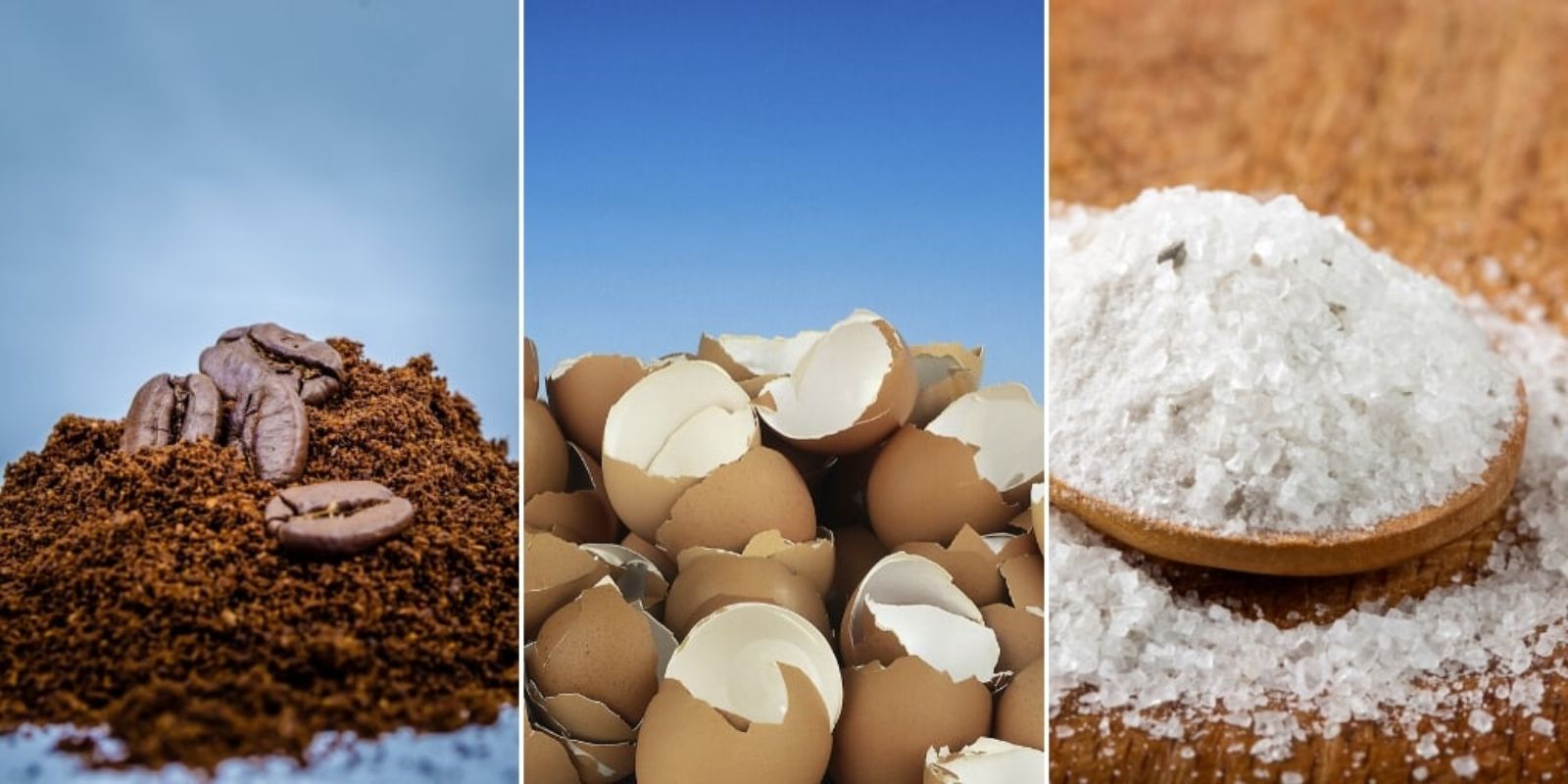Creating a garden filled with vibrant, colorful flowers is a dream for many gardeners. The key to achieving this lies in providing your plants with the right nutrients. While commercial fertilizers can be effective, natural, homemade options are often just as powerful and environmentally friendly. This article explores several easy-to-make fertilizer recipes that can help you achieve a stunning garden, brimming with healthy and vibrant blooms.
Introduction
Flowers add beauty and color to any garden, but to ensure they reach their full potential, they need the right balance of nutrients. Homemade fertilizers offer a cost-effective and eco-friendly way to nourish your plants. By using common household items, you can create effective fertilizers that provide essential nutrients and enhance blooming. Let’s dive into some tried-and-true recipes that will help your flowers flourish.
1. Basic Compost Tea
What It Is: Compost tea is a liquid fertilizer made by steeping compost in water. It’s rich in nutrients and beneficial microorganisms that support plant health.
How to Make It:
- Ingredients: Mature compost (homemade or store-bought) and water.
- Steps:
- Fill a container with water and add a few cups of compost.
- Allow it to steep for 1-2 days, stirring occasionally.
- Strain the liquid to remove solid particles.
- Use the liquid to water your flowers.
Benefits: Compost tea provides a balanced mix of nutrients, improves soil structure, and promotes beneficial microbial activity. It’s an excellent all-around fertilizer that boosts flower growth and overall plant health.
2. Banana Peel Fertilizer
What It Is: Banana peels are rich in potassium, an essential nutrient for flower production and overall plant health.
How to Make It:
- Ingredients: Banana peels and water.
- Steps:
- Place banana peels in a container and cover them with water.
- Allow the peels to soak for 48 hours.
- Strain the liquid and discard the peels.
- Use the banana-infused water to water your flowers.
Benefits: Potassium helps improve flower size, color, and longevity. Using banana peel fertilizer can lead to more vibrant blooms and stronger plants.
3. Eggshell Fertilizer
What It Is: Crushed eggshells are a great source of calcium, which helps strengthen plant cell walls and prevents blossom end rot.
How to Make It:
- Ingredients: Eggshells.
- Steps:
- Collect eggshells and rinse them to remove any residue.
- Allow the eggshells to dry completely.
- Crush the eggshells into a fine powder.
- Mix the powder into the soil around your flowers.
Benefits: Calcium from eggshells helps improve soil structure and promotes healthy root and flower development. It’s especially beneficial for preventing common issues like blossom end rot.
4. Coffee Grounds Fertilizer
What It Is: Used coffee grounds are a rich source of nitrogen, which is essential for vigorous foliage and flower growth.
How to Use It:
- Ingredients: Used coffee grounds.
- Steps:
- Collect used coffee grounds from your coffee maker.
- Sprinkle the grounds around the base of your flowers.
- Gently work the grounds into the top layer of soil or compost them.
Benefits: Coffee grounds provide a quick boost of nitrogen, supporting lush green growth and vibrant flowers. They also help improve soil texture and attract beneficial microorganisms.
5. Epsom Salt Solution
What It Is: Epsom salt, or magnesium sulfate, is a mineral that enhances magnesium levels in the soil, which is crucial for photosynthesis and flower production.
How to Make It:
- Ingredients: Epsom salt and water.
- Steps:
- Dissolve 1 tablespoon of Epsom salt in 1 gallon of water.
- Stir until the salt is fully dissolved.
- Apply the solution to the soil around your flowers.
Benefits: Magnesium promotes strong stem growth and improves flower color and quantity. This simple solution helps ensure your plants get the nutrients they need for optimal blooming.
Best Practices for Using Homemade Fertilizers
1. Test Soil: Before applying any fertilizer, consider testing your soil to identify nutrient deficiencies. This will help you tailor your fertilizer recipes to your garden’s specific needs.
2. Apply Moderately: While homemade fertilizers are natural, it’s still important not to over-apply. Follow recommended amounts and avoid applying too frequently to prevent nutrient imbalances.
3. Observe Plant Response: Pay attention to how your plants respond to the fertilizers. Adjust your recipes and application methods based on their growth and blooming performance.
4. Combine with Good Practices: Fertilizers are most effective when combined with good gardening practices, such as proper watering, mulching, and pest management.
Conclusion
Homemade fertilizers are a fantastic way to boost the health and vibrancy of your flower garden. By using natural ingredients like compost, banana peels, eggshells, coffee grounds, and Epsom salt, you can provide your plants with essential nutrients while being environmentally conscious. Experiment with these recipes to find what works best for your flowers and watch your garden come alive with stunning blooms.
Engagement Prompt:
Have you tried any of these homemade fertilizers? Share your experiences and tips for creating vibrant flowers in the comments below! 🌺🌿

